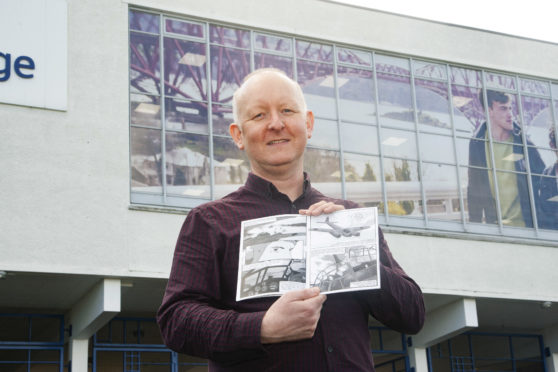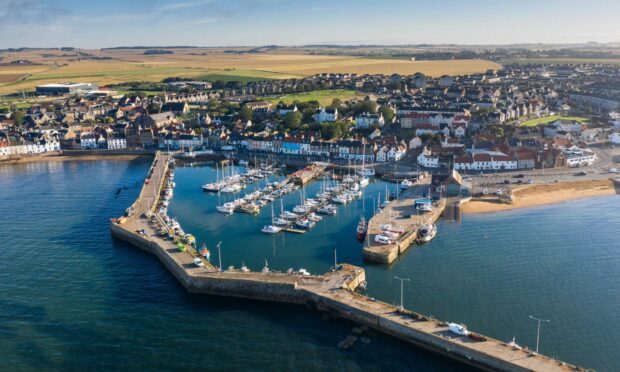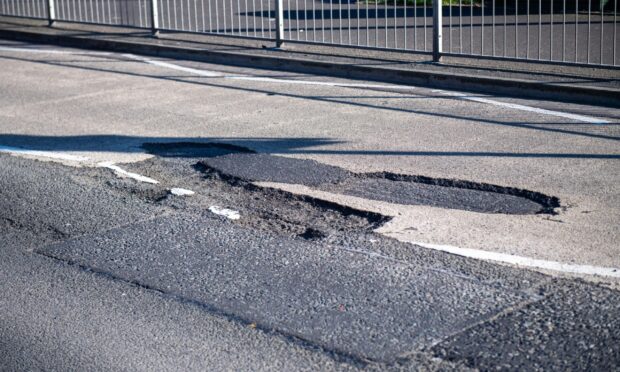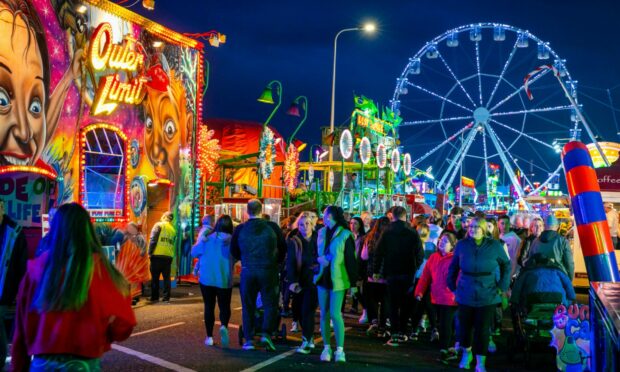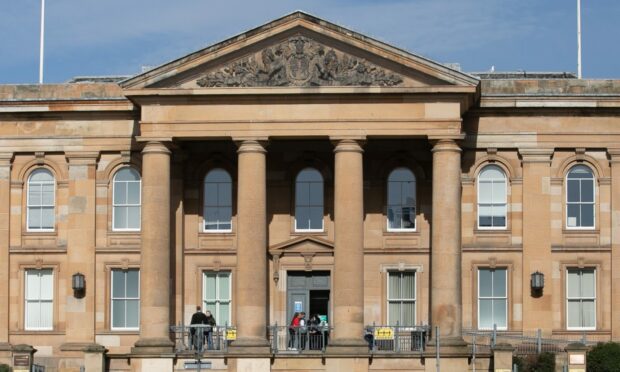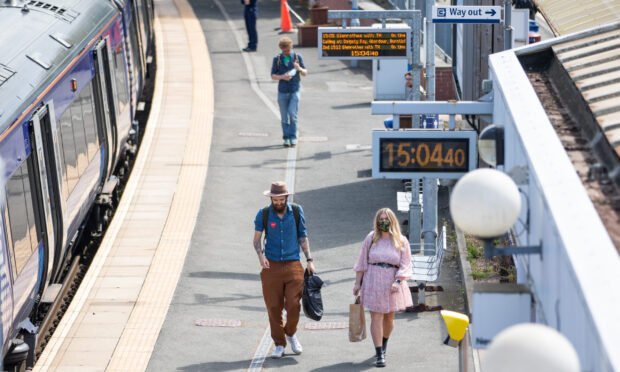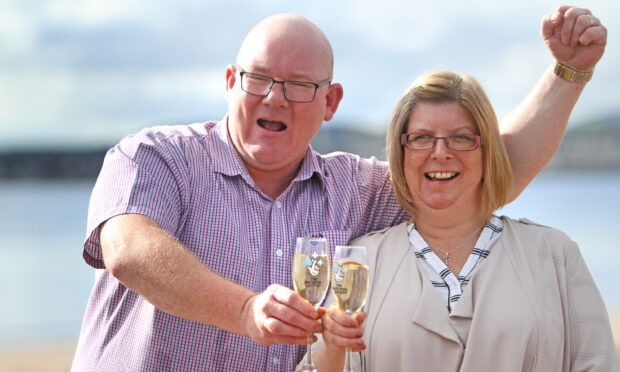The stark reality that Britain had entered the Second World War was played out in dramatic fashion across the skies of Fife, 80 years ago today.
On a clear October day in 1939, just six weeks after Britain had declared war on Germany, and 48 hours on from the terrible news of the sinking by enemy U-boats of HMS Royal Oak in Scapa Flow with the loss of 835 men, Fifers looked on in horror as German bombers launched an audacious raid on the Forth.
The day has started with Flight Lieutenant George Pinkerton from 602 Squadron out of Glasgow firing the RAF’s first shots in anger of WWII after spotting a German reconnaissance plane over Fife searching for potential targets.
That later triggered a full scale attack from a dozen Junkers 88 bombers under the command of Helmut Pohle, which were dispatched to sink the HMS Hood, the Royal Navy’s flagship.
It was wrongly thought to be anchored at Rosyth and the command was intended to hit British morale.
What ensued was the first air raid of the Second World War and a nerve shredding aerial battle fought between the part-time pilots from Glasgow and Edinburgh against the might of the Luftwaffe.
Despite not finding their intended target, enemy bombers still managed to cause havoc and considerable damage to both HMS Edinburgh and HMS Sheffield which were sitting ducks at Rosyth.
Later in the raid, HMS Mohawk was also hit in the wider Forth estuary off the coast of Leven.
In all, 16 crew were killed and 44 injured in the attack.
Meanwhile, two of the German’s bombers were also shot down, the first by Flight Lieutenant Giford in the sea off Prestonans earning Gifford the notoriety of downing the first German plane of the war.
The second crashed into the sea of the Fife coast close to Crail.
College lecturer Colin Maxwell, who has researched the raid extensively for the past three years, said had been largely overlooked.
He said: “Not only did it see the first shots fired by the RAF in the war, but also it saw the first German plane to be shot down and was the first time the celebrated Spitfire featured in combat.
“Plus it was the realisation that this war, until this time, largely only discussed in the newspapers, became very real.
“The significance of the raid, which is often wrongly though to have been on the Forth Bridge, was huge and was widely reported around the world.”
Colin will be giving a Raid on The Forth talk at Dunfermline Carnegie Library and Galleriers, Abbot Street, Dunfermline on Thursday, October 17 at 5.30pm admission £3. for more detail s go to www.onfife.com
